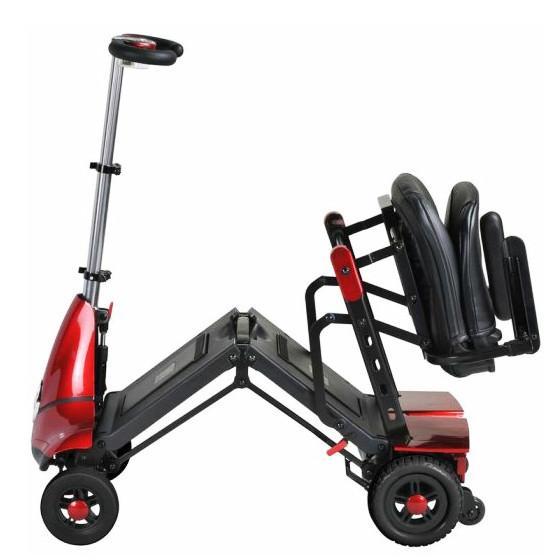Wealth gap
“COE prices, like many other things actually, emphasise the wealth gap in Singapore,” said Victor Kwan, a senior lecturer at the Singapore University of Social Sciences. “If it continues to go up, there will be growing frustration.”
The island state is the world’s priciest place to own some of the most popular cars, according to cost-of-living data from Numbeo, an online database. What’s more, COEs are unlikely to come down significantly due to constant demand, said Vinod Cherumadathil, the managing director of Sgcarmart, a local online car marketplace owned by the financial arm of Toyota Motor.
Still, driving in Singapore was never meant to be cheap. Since 1990, the government has controlled the number of cars on the road and in 2018, adopted a zero-growth policy for the vehicle population.
For most people, it’s also not essential. The city-state has excellent public transport links by bus and subway. The proportion of car-owning resident households has fallen from 40 per cent in 2013 to about one-third in recent years. But owning a car is still seen as a symbol of wealth that many strive toward.
“I know people who would eat less, eat cheaper, not go out as often to save up for a branded bag or a nice car, because it is almost like a status thing,” said Vu, the prospective buyer.
Net worth per adult rose 6.3 per cent in Singapore in 2022, giving the city-state more than 300,000 US dollar millionaires, according to UBS Group’s global wealth report. Still, COE prices for small cars more than doubled between 2018 and 2023, while median monthly income rose just 2.4 per cent. A worker on a median salary of S$5,197 per month would need to spend about three years’ wages to buy a Toyota sedan.
In May, authorities committed to bringing forward 6,000 permits to cool the market, but that failed to arrest prices, prompting the minister in November to pledge to bring forward further the quota of permits to address a trough in supply.


